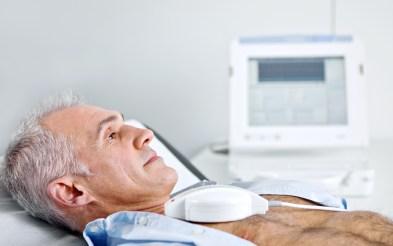The Patient Identification Card
Your physician will give you a patient identification card before you are discharged from the hospital, which will identify you as a pacemaker, ICD or CRT patient. Along with information about you, the ID card includes the make and model of your implant and leads, the date and hospital where your system was implanted, and your programmed settings.
Contact For Patients
BIOTRONIK SE & Co. KG
patients@biotronik.com
+49 (0)30/68905-1111
Routine Exams
In an Emergency
Always Carry It with You
When Traveling

Routine Exams
Some medical examinations or procedures can only be carried out if certain safety precautions are taken, such as an MRI. The patient ID card and PROMRI CHECK allow the radiologist to see if your heart device is suitable for an MRI scan under certain conditions.

In an Emergency
A good patient identification card can be a lifesaver. In a medical emergency, a physician can promptly gain an overview of your cardiovascular disease and the implant. Professional assistance can then be provided without delay, which is often critical in cardiac emergencies. In emergencies, doctors generally check a patient's wallet first to see if he or she has a patient ID.

Always Carry It with You
You should always carry your patient ID with you. Inform your doctor’s office if you lose it so they can promptly send you a replacement. You can also add the phone number of the physician treating you on the ID so that it is there if you need it.

When Traveling
The patient ID card can also prove useful when traveling, for example at the airport. Inform the airport security staff or ground crew and show them your ID. The staff will tell you what to do at security checks.

